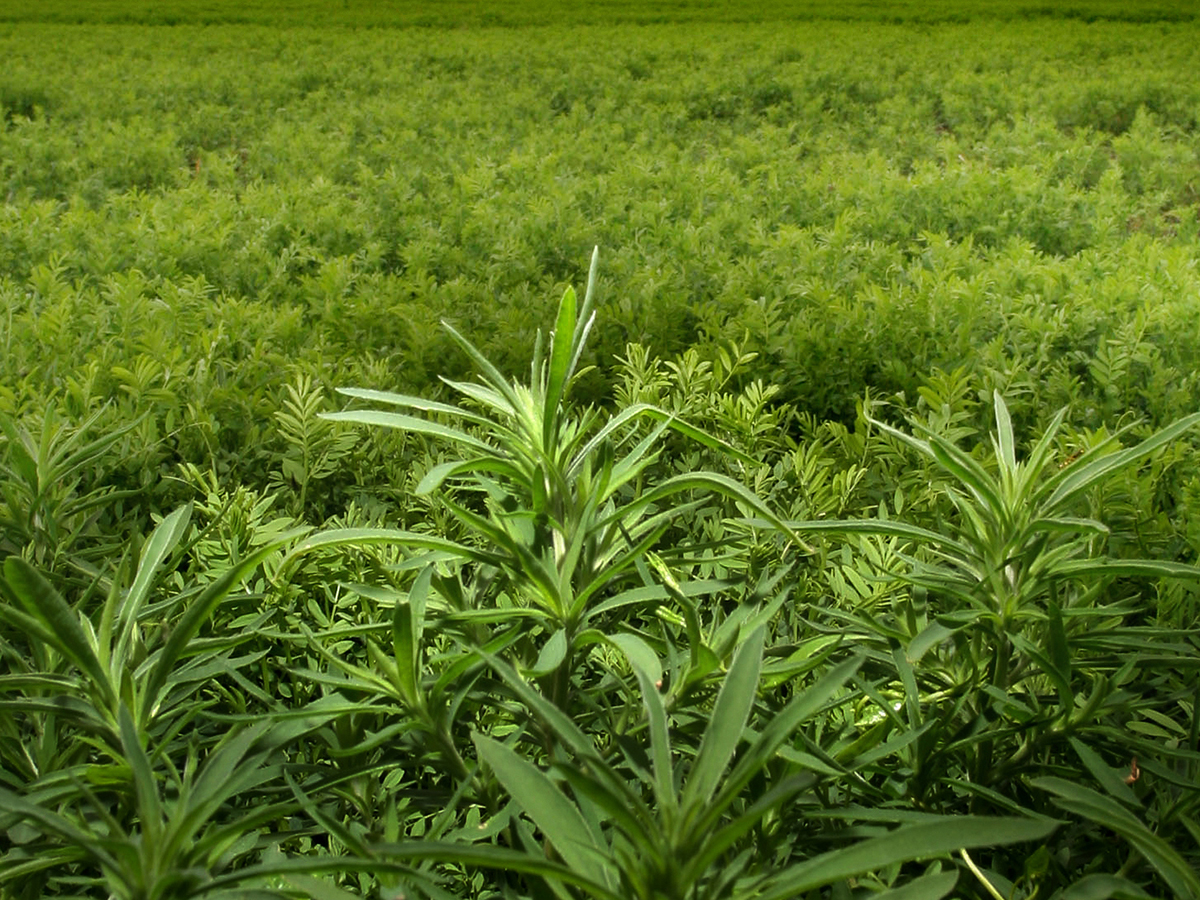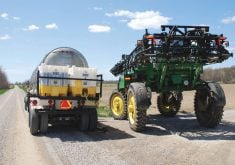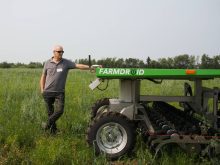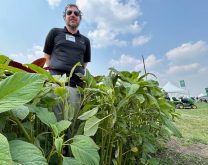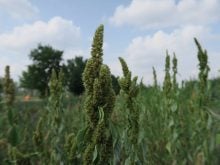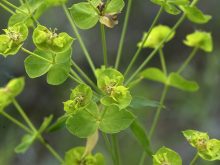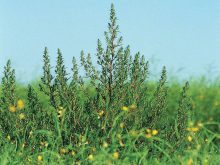WINNIPEG — Kochia is no longer a weed of the southern Prairies.
The pesky weed is known for its ability to thrive in hot and dry conditions, such as those found in southwestern Saskatchewan and southern Alberta.
However, an unofficial project to track the distribution of kochia on the Prairies has found that it’s present and possibly established in more northerly regions, such as North Battleford, Sask., Edmonton and Alberta’s Peace country.
Read Also

Fertilizer method’s link to emissions studied
A researcher says others studying greenhouse gas emissions aren’t considering how the loss of nitrogen into the atmosphere correlates with fertilizer application or if there is an impact to yield.
Breanne Tidemann, an Agriculture Canada weed scientist in Lacombe, Alta., created a platform on a website called www.inaturalist.org, so observers across the Prairies could submit photos of kochia, a broadleaf weed.
So far, 791 observations have been posted, mostly from Saskatchewan and Alberta.
“Some of them are in areas that are not in typical kochia areas,” Tidemann said.
“There are at least five or six observations up in the Peace region. We did know it was up there, but to see how widespread it is (was surprising).”
Kochia has become a massive headache for hundreds of western Canadian farmers as the weed develops resistance to multiple herbicides, including glyphosate and group 4, 2 and 14 modes of action.
It prefers hot and dry conditions and thrives in parts of a field where the crop is thin.
It is “well adapted to germination under low moisture conditions that would limit the germination of many plants,” says Saskatchewan Agriculture’s website.
However, kochia is less successful when soil moisture is adequate, which allows the crop to out-compete the weed.
Tidemann decided to try inaturalist to track kochia, partly because American scientists have used it to detect troublesome weeds. Some weed experts found the first case of Palmer amaranth in their state by seeing an image posted on the website.
As well, provincial weed surveys don’t provide a full picture of kochia’s distribution.
The weed surveys only happen every five years in each province, and the surveys focus on agricultural land.
“With something like kochia, it doesn’t always show up in the fields first,” Tidemann said.
“We’re finding it along train tracks, along oil leases, where there has been construction. Things like that seem to be an introduction vector.”
After a few kochia plants get a foothold at such locations, the weed will tumble and spread seed to nearby fields.
Tidemann witnessed this phenomenon in Lacombe.
She first spotted kochia in the area in 2017 by a railroad track.
Eight years later, kochia is now in crop plots at Agriculture Canada’s esearch centre in Lacombe and in farm fields in the region.
Tidemann is encouraging farmers and others from non-traditional kochia regions to keep an eye out for the weed. If they’re unsure if what they’re seeing is kochia, send a photo to an agronomist or the provincial weed specialist.
If they recognize it as kochia, post a photo to the inaturalist website.
“I would love for producers and agronomists to be uploading (images) … just to get an idea of where it is … in the fields.”




